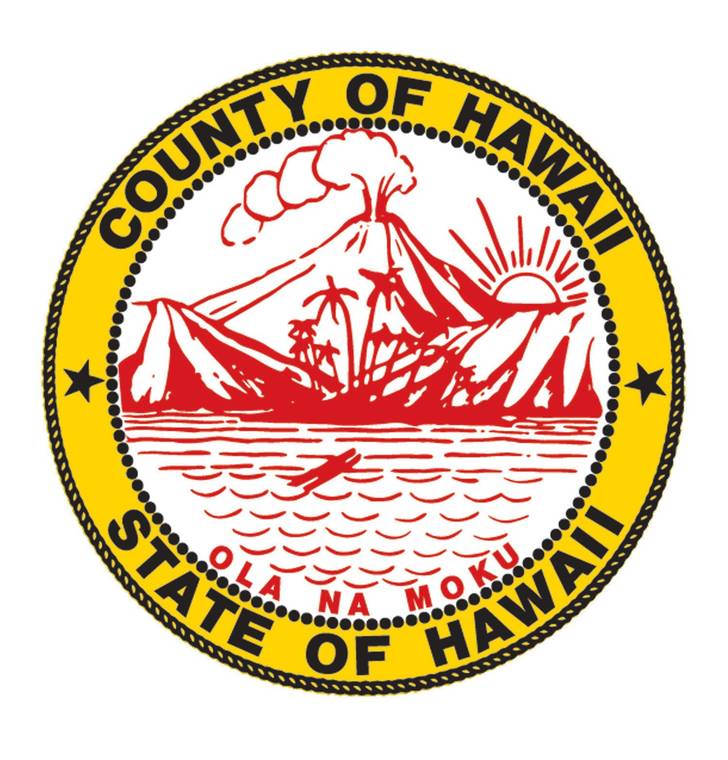One councilman’s request for the others to prioritize the top five capital improvement projects for their districts turned into a discussion Tuesday about whether the nine council members should stay focused on their own districts or take a countywide perspective.
Finance Committee Chairman Matt Kaneali‘i-Kleinfelder had asked each council member to bring their list of top projects to the meeting so they could be discussed as a way to help Mayor Mitch Roth’s administration choose best how to spend limited tax dollars. Kaneali‘i-Kleinfelder said it’s a way to strike a balance “between what the council is looking for and what the administration is looking for.”
“I would guess in each respective community there will be different priorities,” he said.
Roth earlier this month released a $188.8 million preliminary capital improvement budget covering 66 projects. But the CIP budget is seen more as a wish list than a punch list, and projects often linger years on the books. His final proposed budget is due May 5.
Kaneali‘i-Kleinfelder’s communication was postponed after several council members said they wouldn’t participate because it could politicize the budget process, give constituents unrealistic expectations and pit council members against each other. Other concerns were which projects can quickly be made shovel-ready to qualify for federal or state grants.
“Unless we have real money backing these projects, we’re not really doing a service to the community. … It leaves the public with some kind of expectation that ‘oh, its going to happen,’” said Hilo Councilman Aaron Chung. “A lot of times I’ve seen council members utilize the CIP process as a political tool. That’s dangerous.”
Hilo Councilwoman Sue Lee Loy and Puna Councilwoman Ashley Kierkiewicz also argued against a district-by-district look at capital projects funding, while Kona Councilwoman Rebecca Villegas, Kohala Councilman Tim Richards and Hamakua Councilwoman Heather Kimball seemed to see some value to it.
“I don’t want this process to be one where so many council members are scrapping for their districts,” Kierkiewicz said. “I want to make sure we making decisions as a collective that will move our whole island forward.”
Kimball said a discussion of district projects was worth consideration.
“There is value discussing as a council in broad strokes what our priorities are,” she said, “to communicate the information from our area that we know best to the larger whole … with the goal to look at everything in an islandwide capacity.”
West Hawaii residents have often complained that they pay most of the taxes, yet see little return in projects. Residents of Puna, where property values — and therefore property taxes — are lower also say they don’t get their fair share.
“I don’t believe District 7 even has five projects on the books but other districts have more,” Villegas said. “I see this communication (as) an opportunity, I guess. I didn’t see it as a way to fight over resources or some kind of contentious demanding by certain districts to get their projects funded. … Some of these projects have been on here for decades.”
Kaneali‘i-Kleinfelder said politics had nothing to do with his proposal. More, he said, it was to form a way to guide projects in council members’ districts, rather than “more of a you hope things happen in your district.”
“As a council member, politics was not on my mind in the submission of this communication,” Kaneali‘i-Kleinfelder said. “It was more so how we as a body work with the administration. … We are boots on the ground in our district, we’re in our community we know. … this document just helps create a very clear picture of what our community wants.”
Chung said no one implied political motivation on Kaneali‘i-Kleinfelder’s part.
“This is what can happen in a CIP situation. … (It’s) something that can really test the metal of an individual lawmaker,” Chung said. “It’s going to be too messy.”
Email Nancy Cook Lauer at ncook-lauer@westhawaiitoday.com.



